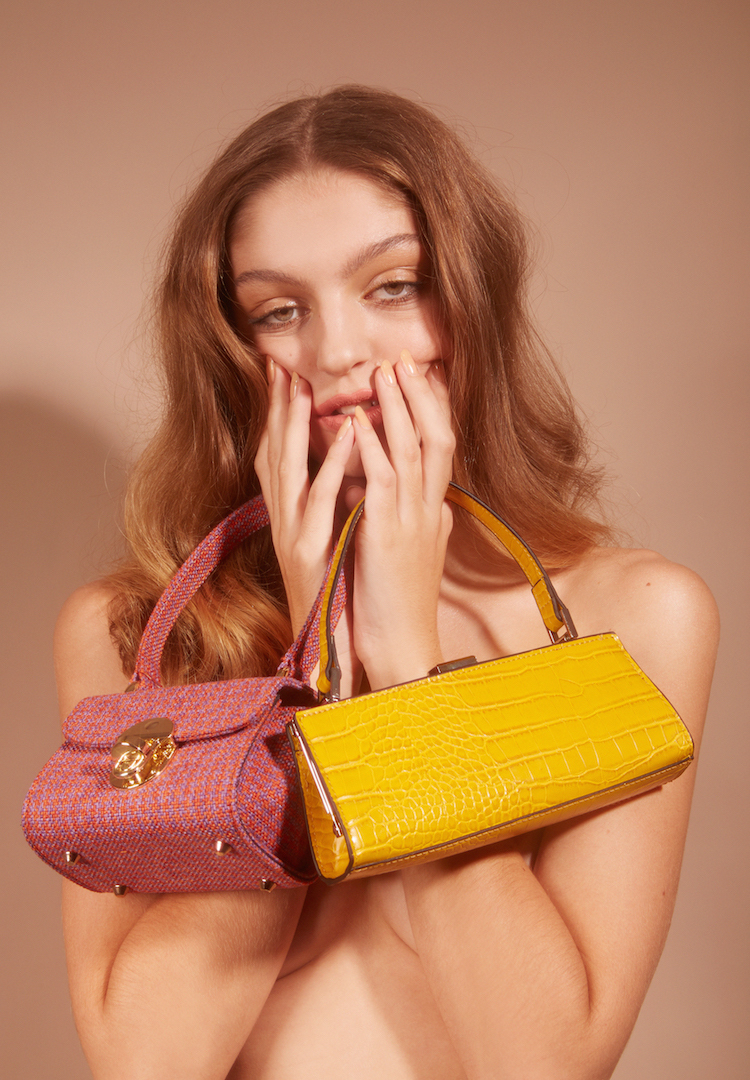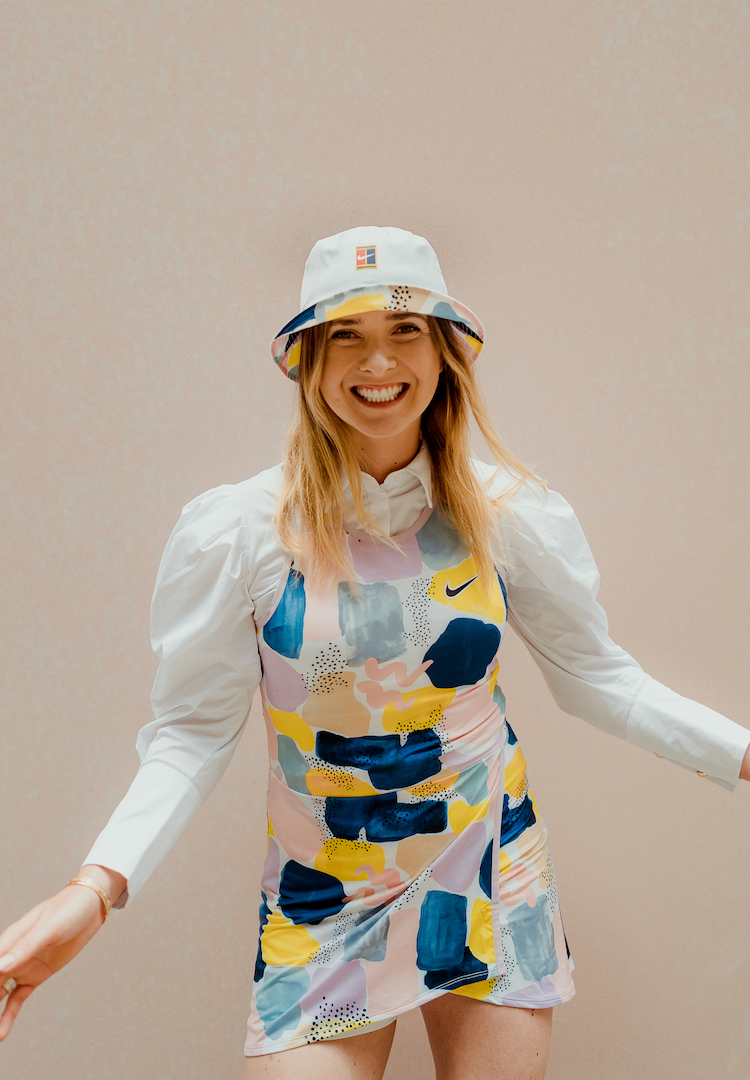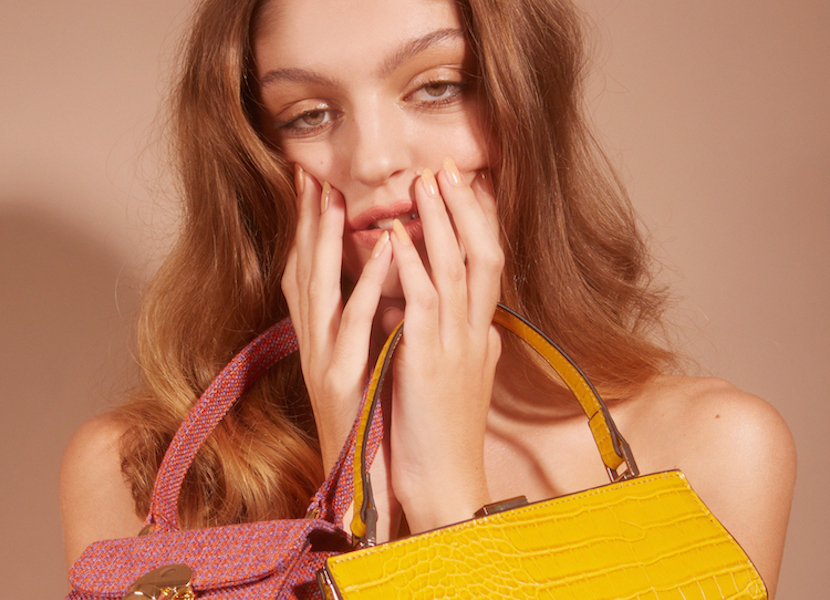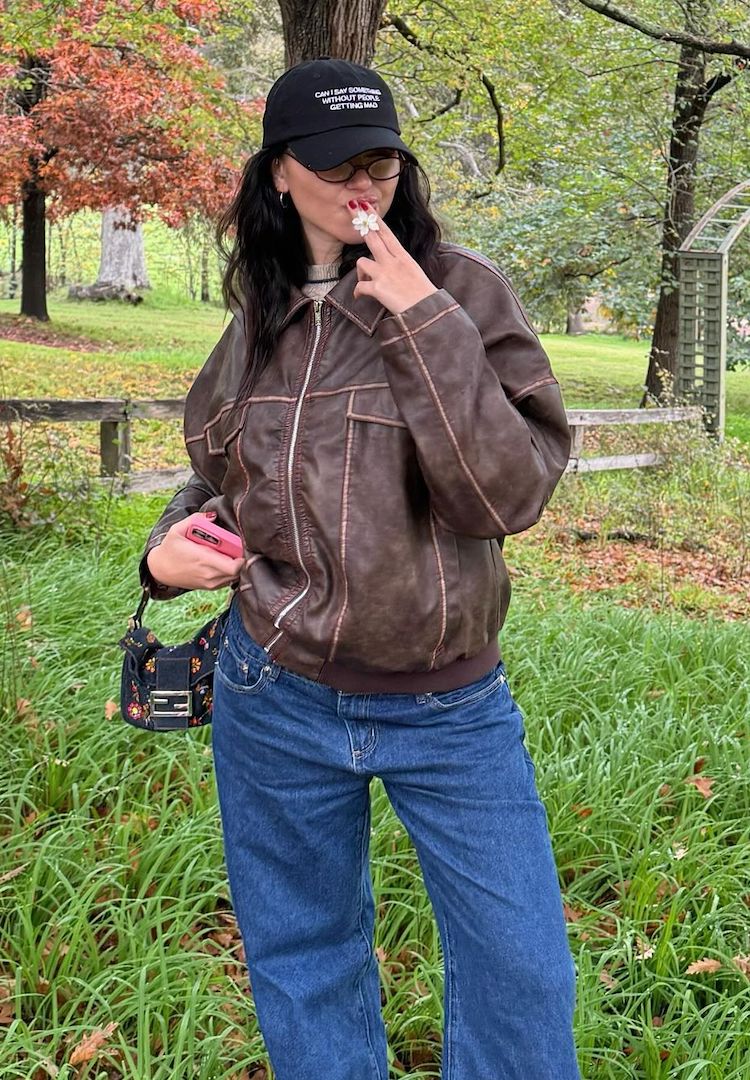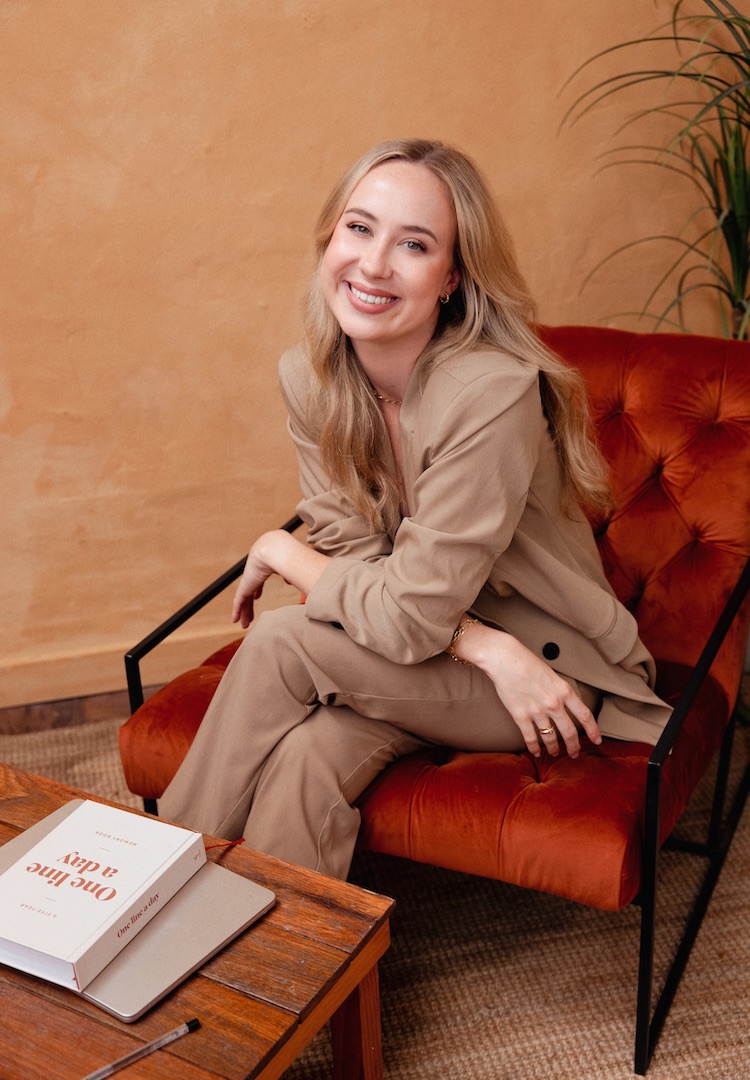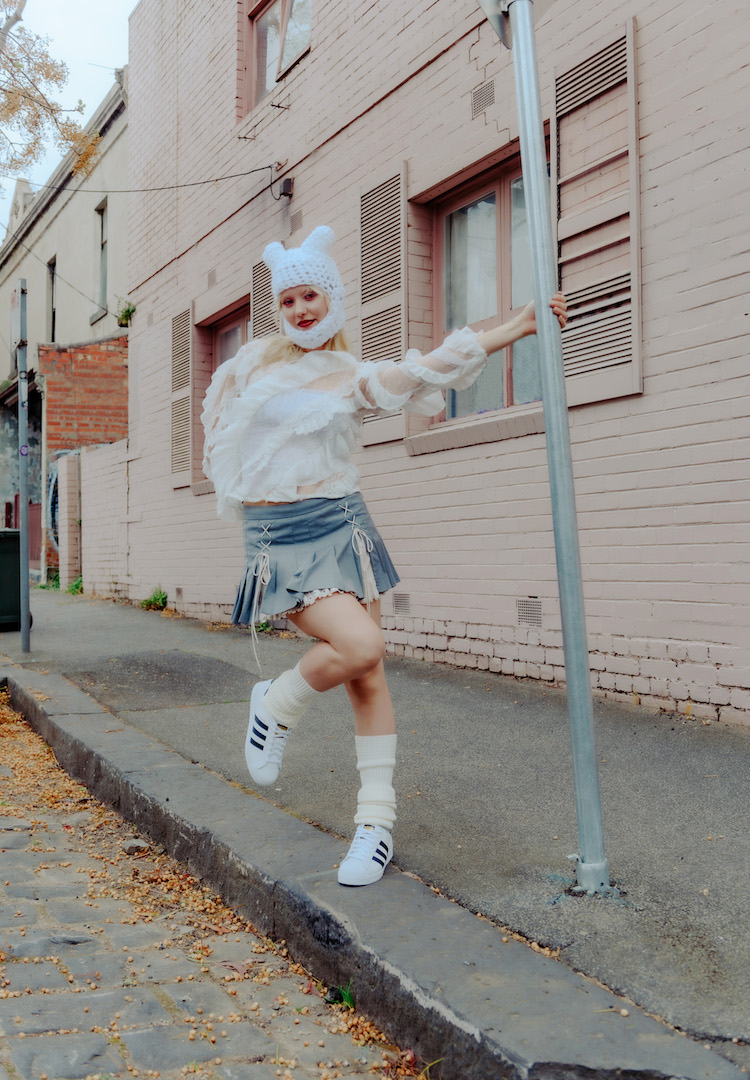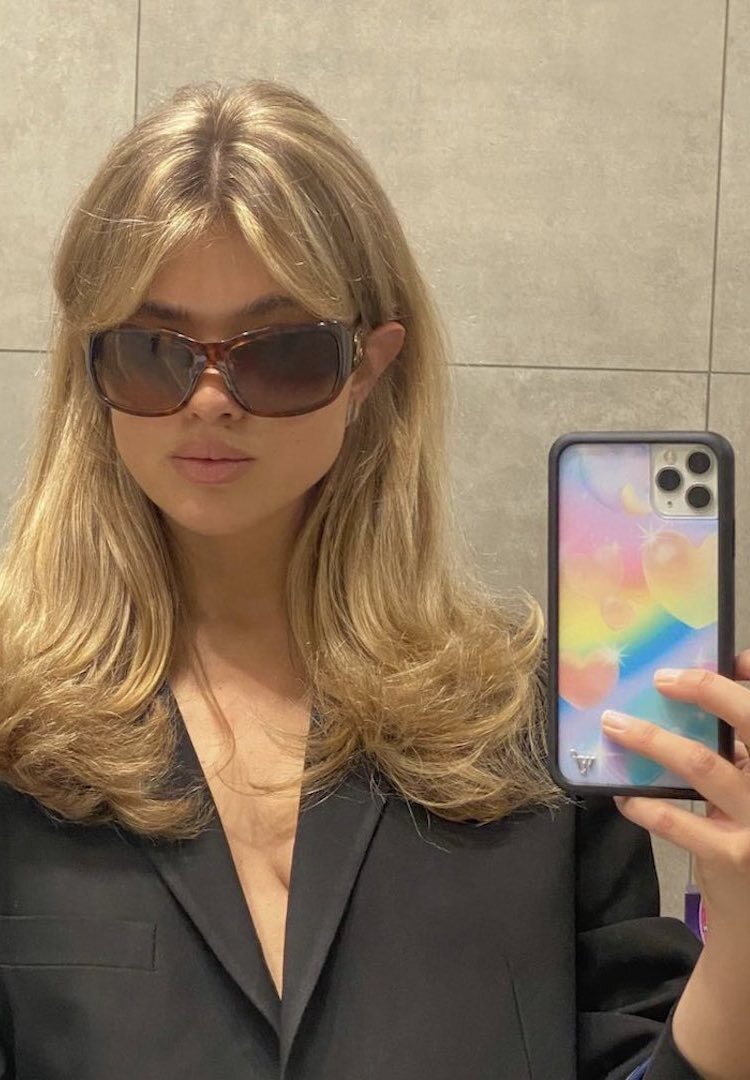What does Australian law say about influencers disclosing brand partnerships?
PHOTOGRAPHY BY HAYLEY PEASE
WORDS BY ELOUISE DAVIS
Do influencers need to tell us when something is #sponsored?
In a time when most sponsored posts are coming from an influencer’s home environment, it’s harder than ever to tell when we’re looking at paid advertising.
With nowhere to be the last few months, this pandemic has given many of us a whole lot more time on our hands – or thumbs, specifically, which have spent an estimated increase of 40 per cent more time on sites like Instagram, Twitter and probably even more so on TikTok. More than ever we’re using our phones for shopping, entertainment, socialising and human connection.
But what does this have to do with influencers? As it turns out, lots. They’ve also been at home, bringing us content self-shot in their living rooms and kitchens.
Without the sponsored trips, studio sets and in-person collabs, the line between what’s genuine and what’s sponsored is increasingly blurred. Virtually every post takes the form of native advertising when it’s created under quarantine circumstances. It’s enough to make anyone feel confused about the authenticity of what they see online.
So, what are the actual rules around what influencers do and don’t have to tell us about what they’re posting?
Impact vs. intent
At the moment, there’s nothing in a formal law (yet, at least) that sets out when exactly an influencer should drop a hashtag into the comments to let us know about a paid, gifted or sponsored post. But that doesn’t mean it’s a free-for-all.
We’ve recently discussed that the Australian Influencer Marketing Council (AIMCO) has launched best practice guidelines for all sorts of influencer activity, including voluntary suggestions as to advertising disclosures. There are also well-established consumer protection laws that prevent any business from making false representations or otherwise misleading or deceiving the consumer, which apply to social media in the same way as any other type of marketing.
This means that influencers are free to post in any way that suits their platform, provided that it’s made clear to followers which posts are the ads vs. those which are not. In doing so, what the law cares about is the impact of the post on the consumer, not the intention of the poster.
While an influencer might not mean to mislead – and in reality, was just looking to create the most engaging content – the successful camouflaging of advertising as a regular post might cross the line of deceiving the consumer, which (in theory) could breach the consumer law and attract a substantial penalty in the process.
While a high-profile stoush is yet to occur between the Australian consumer law and an influencer, it’s an increasing concern of regulators that consumers have the right to know when they’re looking at paid endorsements.
Some helpful guidelines
To help influencers and brands avoid accidentally hiding ads from the consumer, the Australian Association of National Advertisers has put forward some pretty straightforward rules for social media. Though these guidelines are voluntary, they are a good model for complying with Australian law (and avoiding being called out in the comments by duped consumers).
We’re also helped out by the new AIMCO code, which aims to go a step further and establish a non-compulsory (but recommended) baseline of accepted practices for influencer marketing. Both the guidelines and the code apply to all influencers and brands – foreign or domestic – with Australian audiences, across all platforms.
It isn’t always obvious
Strictly speaking, advertising disclosures only come into play where it isn’t immediately obvious that a post/story/tweet/video is a marketing ploy. So an influencer doesn’t need to do anything extra to disclose a brand partnership where it’s clear that the goal of the post is to sell a product.
This is why most brands don’t need to add ‘#collab’ to their own posts – if we’re following a fashion label or a beauty brand, we already know that their aim is for us to buy. Whether or not something is an obvious ad is usually evident from its visuals, brand logos or clearly scripted language.
The most telling clues are where the product is front and centre, the people in the image look like they’re modelling and the visuals look staged. Watching an unboxing video, we’re all painfully aware from the gift box and the note that this is free product.
The influencer doesn’t need to add ‘#freestuff’. But if it’s made to look like the influencer went shopping and chose the product of their own accord, a disclosure like ‘#gifted’ should be communicated to the viewers.
The advertising regulator is fairly generous when it comes to what counts as ‘obvious’, recently deciding that a wellness influencer’s use of a discount code and ‘swipe up’ function clearly illustrated a paid promotion, indicating that using a hashtag isn’t always necessary. Even the new trend of designer brands popping up in video games would be clear advertising, in the same way that we recognise traditional product placement on television.
Situations that don’t fall into the ‘obvious’ bucket might include:
- An arrangement between a brand and influencer with any sort of quid pro quo. Say an influencer gets free clothes once a month, on the condition that they use the clothes in an OOTD post, even where it’s mixed in with clothes from other brands. A simple ‘#spon’ or ‘#aff’ (short for affiliate) when tagging the brand should be included. This would be different from a gift with no strings attached because the brand has no control over whether the influencer shares the product on their platform.
- Where an influencer takes us through their morning skincare routine on stories, and all the products are conveniently by the same brand. If they’ve been sent this as part of a brand ambassador relationship, the consumer should be informed of this fact (also, if it’s truly a coincidence that the products are all the same brand, the influencer doesn’t have to share that they don’t have a brand relationship).
- Where a brand provides an influencer with free sneakers and asks for their review. If knowing that the shoes were free would affect the weight that the reader would give that review, but it’s not obvious that these were a gift, then ‘#promo’ could be a useful disclosure. The safe approach would be to tell us something was free, even where the ultimate review is truly unbiased.
- Collaborations between a brand and influencer where the follower enters a competition by using a set hashtag or creating their own user-generated content. In this situation, the influencer isn’t the only one endorsing the product but is asking followers to promote it too, and they should know that the influencer in some way benefits from this promotion.
How noticeable does the disclosure need to be?
As a loose rule, announcements of a brand partnership should be hard to miss, not hard to find. The most noticeable way to do this would be to tag the brand as a paid partnership – on Instagram this is the ‘Paid partnership with…’ banner at the top of a post, and Facebook and TikTok have similar features.
Hashtags are also obvious to followers, but really only have their intended effect when they’re at the forefront of the post. Hiding ‘#sponsored’ deep in the hashtags, or only visible when clicking the ‘read more’ button, can come across as sneaky and has gotten influencers into trouble in other countries.
There are no rules as to what specific hashtags must be used – on Twitter, where space is limited, a short ‘#ad’ efficiently gets the message across. The AIMCO code advises that ‘#ad’ or ‘#sponsored’ are the clearest, and prefers the full word over abbreviated hashtags.
The same goes for videos, where the hashtag should be noticeable before the viewer clicks play. On an Insta story – where followers might watch on mute – it could be a good idea to add a written hashtag as well as explaining the partnership by voice. If it’s a live stream, it’s worth declaring the brand association in the first 30 seconds, and then repeating it periodically so that viewers who only see part of the video still get the message.
Posting outside of Australia
In the US, the UK and parts of Europe, an influencer is required by law to disclose a sponsored post, and their laws apply equally to Aussie influencers if they impact local audiences.
Though it isn’t common, the US regulator has been issuing warning letters to brands and influencers since 2017, threatening fines of up to $16,000 per post for failing to clearly disclose branded content, which – unless you’re a mega influencer – probably isn’t worth the risk (even the Kardashians started using #ad after the US crackdown).
Whether Australia ends up following the laws set overseas will be a question going forward. But because this stay-at-home period has normalised the blending of advertising into influencers’ personal lives, it’s increasingly important to understand the requirements of #sponsored content.


